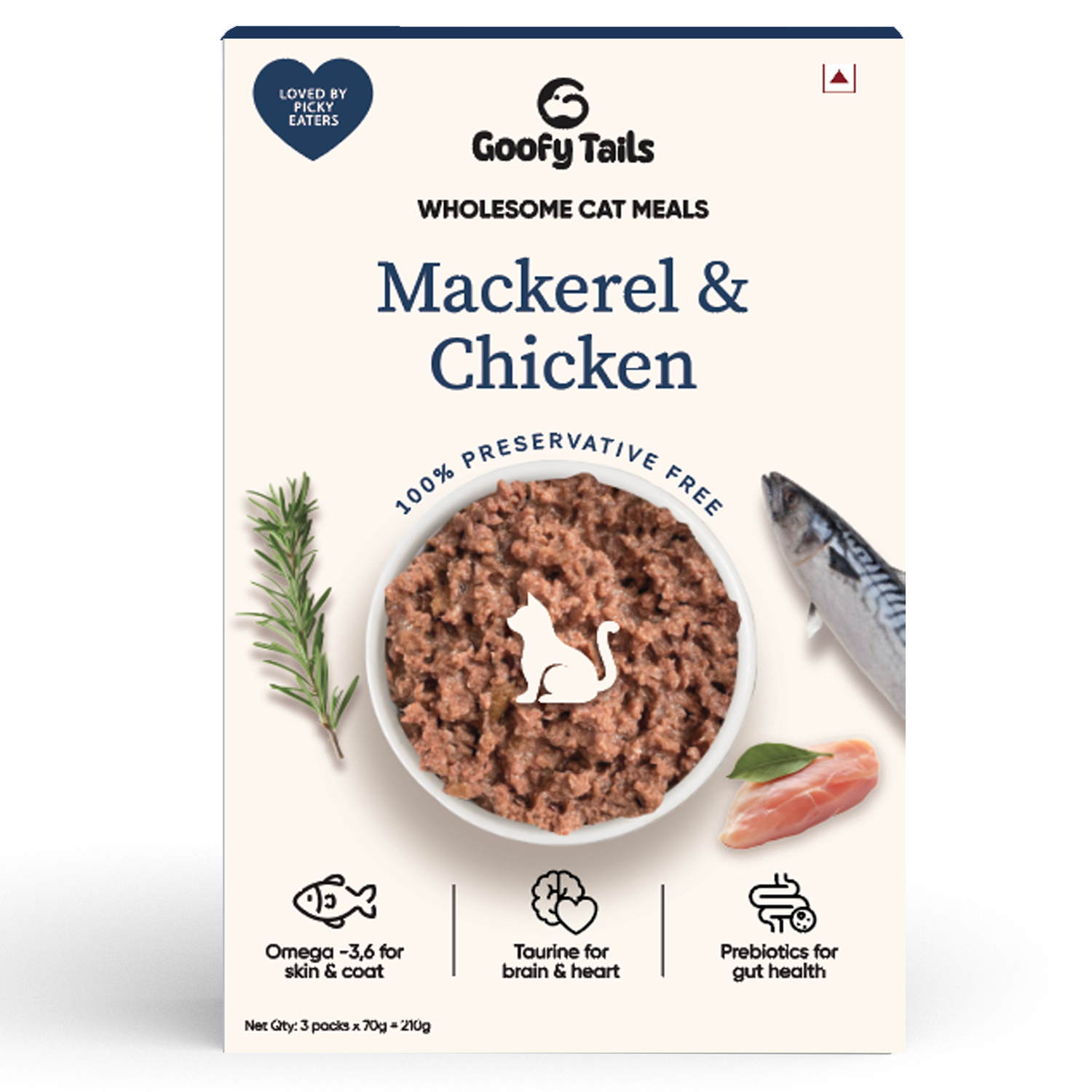Cat Nutrition and Diet: Finding the Right Cat Food for Your Furry Friend
Proper Cat Nutrition and Diet: Essential Guidelines for Choosing the Best Cat Food
Understanding Cat Nutrition - Cats are obligate carnivores, and their dietary needs are unique. Providing a balanced diet is crucial for their overall health and well-being. Cat nutrition revolves around high-quality protein, fats, vitamins, and minerals. By following proper cat feeding guidelines, you can ensure your feline companion receives the necessary nutrients for optimal health.
Types of Cat Food
Dry Cat Food: A convenient option, dry cat food supports dental health and provides essential nutrients. Look for high-quality brands with animal protein as the main ingredient.
Wet Cat Food: Wet cat food offers hydration and a meaty texture that cats often enjoy. It is beneficial for cats requiring additional moisture in their diet or those with urinary tract issues.
Raw or Homemade Diets: Some cat owners choose to feed their cats raw or homemade diets. While it can provide a natural approach, consulting with a veterinarian is crucial to ensure a nutritionally balanced diet.

Proper feeding is crucial for maintaining your cat's overall health and well-being. Following cat feeding guidelines can help ensure they receive a balanced diet that meets their nutritional needs. Here are some important guidelines to consider:
Portion Control: Determine the appropriate portion size based on your cat's age, weight, activity level, and overall health. Avoid overfeeding, as obesity can lead to various health issues.
Consistency in Feeding Schedule: Establish a consistent feeding routine to regulate your cat's metabolism and digestion. Divide their daily food portion into several small meals throughout the day.
Water Availability: Always provide fresh, clean water for your cat. Cats have a low thirst drive, so encouraging hydration is essential for their urinary tract health.
High-Quality Cat Food: Choose commercial cat food that is nutritionally balanced and formulated specifically for cats. Look for labels that state the food meets the nutritional standards

Consider Life Stage: Kittens, adult cats, and senior cats have different nutritional requirements. Select cat food formulated for their specific life stage to ensure they receive the appropriate nutrients.
Avoid Harmful Foods: Certain foods are toxic to cats and should be avoided, such as chocolate, onions, garlic, grapes, raisins, and alcohol. Additionally, avoid feeding your cat bones, as they can splinter and cause injury.
Monitor Weight and Body Condition: Regularly assess your cat's weight and body condition. Adjust their food portions accordingly to maintain a healthy weight. Consult with your veterinarian for guidance if you notice any significant changes.
Treats in Moderation: Treats can be a part of your cat's diet but should be given in moderation. Choose healthy cat treats or use a portion of their regular food as treats to avoid overindulgence.
Veterinary Advice: Consult with your veterinarian to develop a feeding plan tailored to your cat's specific needs. They can provide guidance on portion sizes, dietary restrictions, and any specialized diets required for certain health conditions.
By following these cat feeding guidelines, you can ensure your feline companion receives a nutritious and well-balanced diet, promoting their overall health and longevity. Remember, each cat is unique, so it's important to consider their individual needs and consult with a veterinarian for personalized advice.
When choosing the right cat food considers these factors when selecting cat food:
Read the Labels: Look for cat food with high-quality protein sources, avoiding fillers and artificial additives. Carbohydrates should be limited.
Life Stage and Health Requirements: Choose cat food formulated for your cat's life stage and any specific health concerns they may have.
Consult with a Veterinarian: Seeking guidance from a veterinarian ensures you make informed choices tailored to your cat's unique needs.
Transitioning to a New Diet -When introducing a new cat food, gradually mix it with their current food over a week or two. This helps their digestive system adjust and reduces the likelihood of gastrointestinal upset.
And let's not forget the occasional treat to spice up their day! So, embrace your inner chef and create a menu that will make your cat's taste buds dance. And of course, don't forget to consult with your veterinarian for expert advice. Happy feeding and May your cat's belly is full of happiness and good health!







Leave a comment